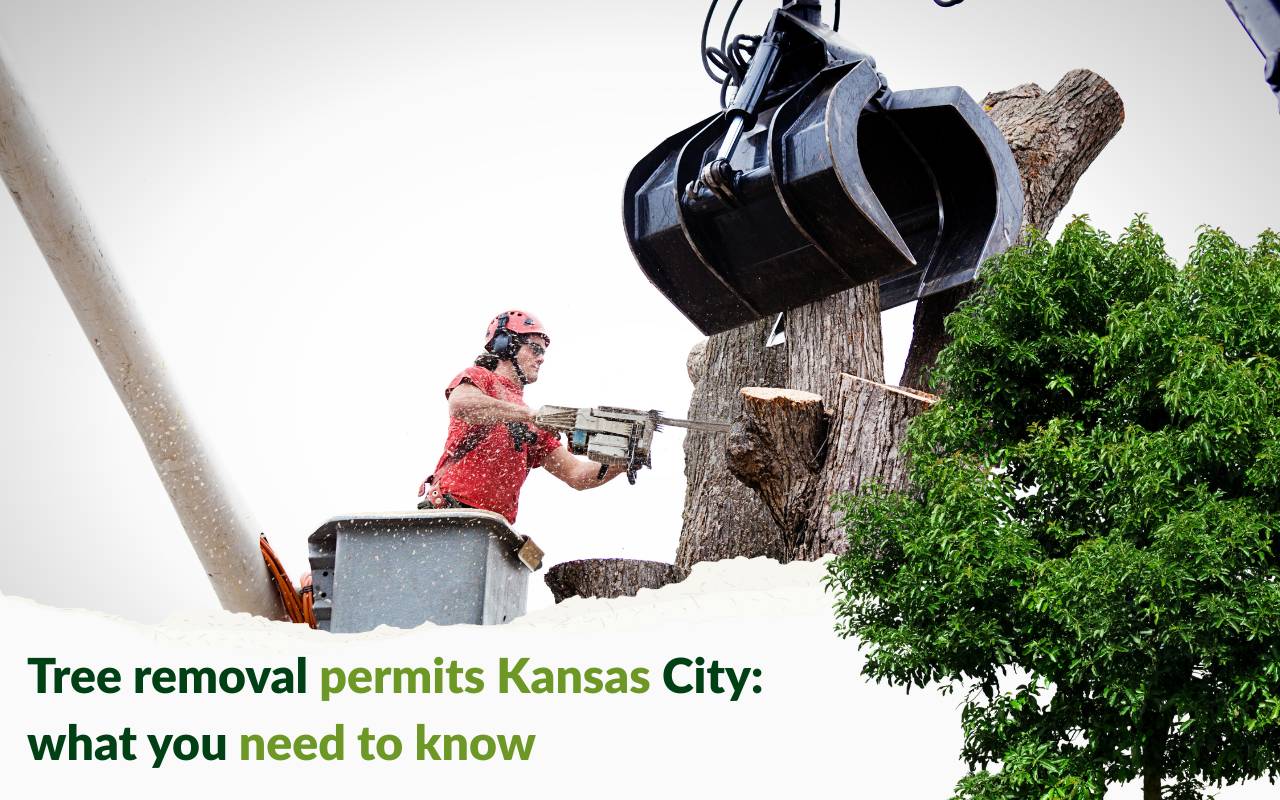
In Kansas City, trees enrich the landscape as much as the fountains. However, understanding Tree removal permits Kansas City is vital for homeowners. While oaks and maples add beauty, sometimes removal is necessary due to disease, storms, or new construction. Before cutting, you must follow the local KC tree removal law to avoid fines. Neighbors’ stories of stalled projects highlight the importance of compliance. Tree removal in Kansas City involves specific guidelines protecting property and the environment. Therefore, this guide explains how to obtain permits and ensure every removal follows proper approvals.
Importance of Tree Removal Permits
When a hazardous tree threatens safety, Tree removal permits Kansas City protect neighborhoods and public areas. Permits confirm compliance with city standards, reducing risks of injury and property damage. They also prove municipal staff has reviewed your plan. Moreover, proper adherence supports Kansas City’s urban canopy. Following local rules preserves habitat corridors and ensures tree replacements are managed responsibly.
Overview of Tree Removal Regulations in Kansas City
Kansas City enforces clear rules balancing growth and conservation. Under KC tree removal law, trees over eight inches in diameter need approval. Heritage and specimen trees carry additional protections. In addition, rules also apply to trees in public right-of-way areas. Applications go through the city portal, managed by Parks and Recreation or forestry staff. Clear understanding avoids costly delays and supports transparency.
Identifying When a Tree Removal Permit is Required
- Measure the tree’s diameter at breast height.
- Check if the tree is near property lines or easements.
- Confirm if it qualifies as heritage or specimen.
- Report storm-damaged or diseased trees promptly.
- Contact urban forestry staff if uncertain.
Most trees exceeding eight inches need Tree removal permits Kansas City. Emergency permits exist but require notification. Consequently, proper identification prevents conflicts with KC tree removal law.
Steps to Take Before Applying for a Tree Removal Permit
- Document tree size, condition, and location with photos.
- Consult neighbors or associations near boundaries.
- Hire a certified arborist for a professional assessment.
- Meet with urban forestry staff for pre-application guidance.
- Prepare a clear site plan with nearby structures.
These steps streamline the process and reduce delays. Moreover, they create trust with municipal staff by showing readiness.
Gathering Required Documentation for Permit Application
Applying for Tree removal permits Kansas City requires a detailed site plan, photos, and accurate measurements. Attach arborist reports and evidence of neighbor notifications if applicable. For example, include proof of property ownership and any association approvals. Preparing documents carefully speeds up approvals under KC tree removal law.
Submitting Your Tree Removal Permit Application
Submit applications through Kansas City’s online portal. Provide accurate details, upload required files, and pay fees. Reviews usually take two to four weeks. Urban forestry staff may request inspections or clarifications. Approved permits are typically valid for 60–90 days, ensuring compliance with city regulations. Thus, accuracy at submission is critical to avoid delays.
Possible Outcomes of Your Permit Application
Permits may be approved outright, approved with conditions, or denied. Conditions often include replanting or restricted methods. If denied, reasons include insufficient justification or heritage status. Applicants may appeal or resubmit after addressing issues under KC tree removal law. On the other hand, conditional approvals usually guide homeowners toward compliance rather than rejection.
Tips for Safely Executing Tree Removal
- Wear protective equipment: helmets, goggles, gloves, and boots.
- Mark a safe work zone double the tree’s height.
- Use proper cutting techniques to control direction.
- Avoid overhead limb removal without rigging gear.
- Contact utilities before cutting near power lines.
These practices align with Tree removal permits Kansas City safety requirements and reduce risks. Consequently, careful preparation protects both workers and property.
Best Practices for Stump Removal and Disposal
Grinding stumps is efficient and leaves mulch for reuse. Chemical removers work slowly but need caution. Dispose of debris per municipal guidelines. For instance, many homeowners fill holes with soil and replant. Replacements often fulfill permit conditions and improve landscape health under KC tree removal law.
FAQs About Tree Removal Permits in Kansas City
Do all tree removals in Kansas City require a permit?
No, small trees under eight inches may not need approval. Larger or heritage trees always require permits.
How long does it take to get a permit?
Processing usually takes two to four weeks, depending on documentation and inspections.
Can emergency removals happen without a permit?
Emergency cases may allow expedited approval, but homeowners must still notify the city.
What happens if I remove a tree without a permit?
Unauthorized removals may lead to fines, project delays, or mandatory replacement orders.
Where can I get professional help with the permit process?
You can consult certified arborists or reach out to Kansas City’s urban forestry staff for guidance.
Ensuring Compliance and Conservation in Tree Removal Process
Following Tree removal permits Kansas City guidelines protects property, neighbors, and the environment. By consulting arborists and city staff early, homeowners support sustainable management of the city’s canopy. Compliance ensures smooth projects and preserves Kansas City’s green legacy. Finally, careful adherence shows responsibility and fosters community trust.
Ready to handle your project responsibly? Explore our services or learn more about tree trimming. For personalized help, contact our team today.
